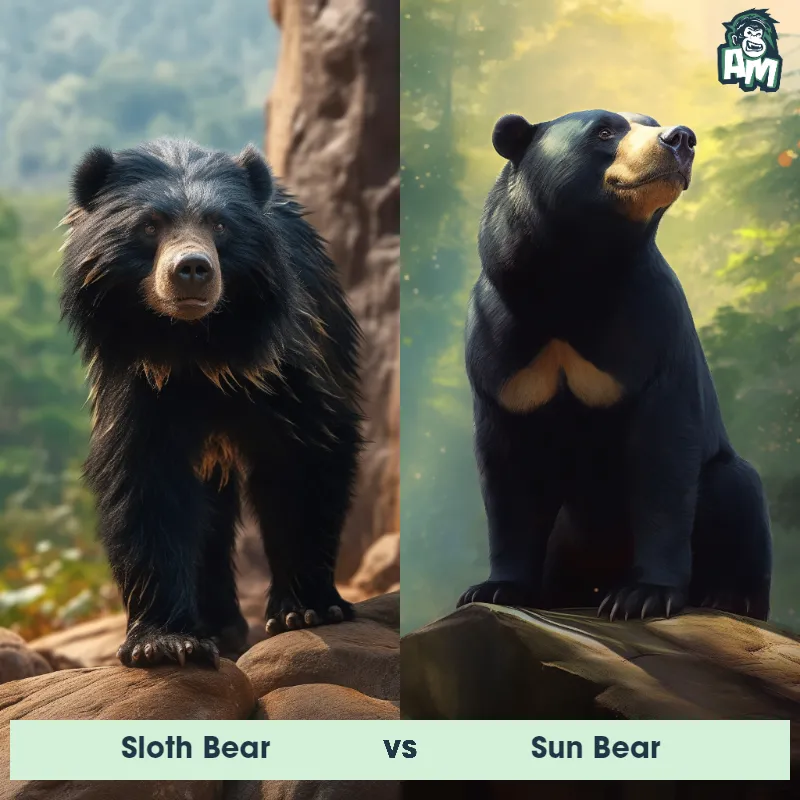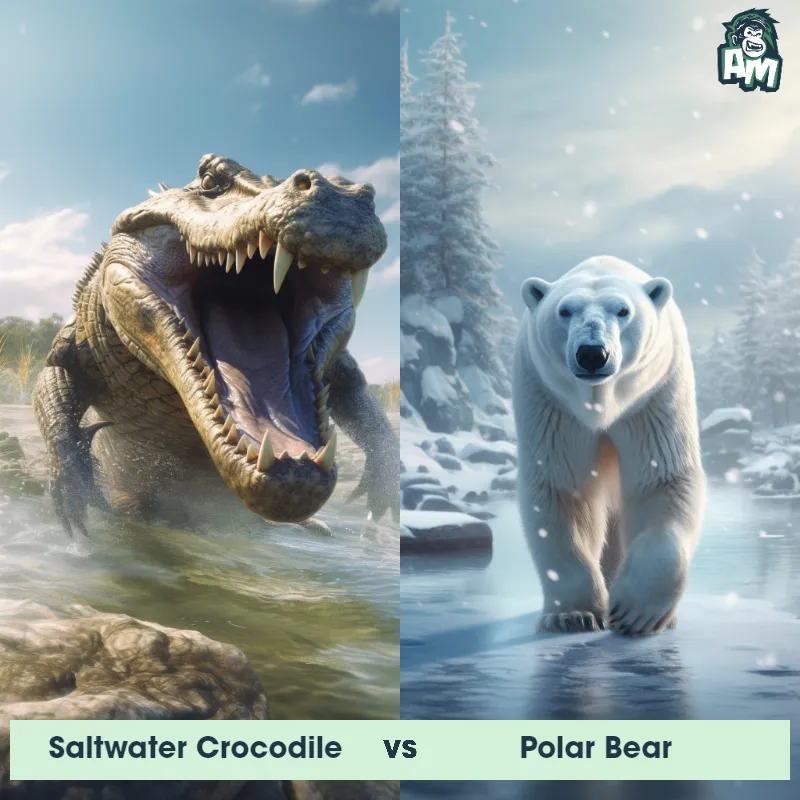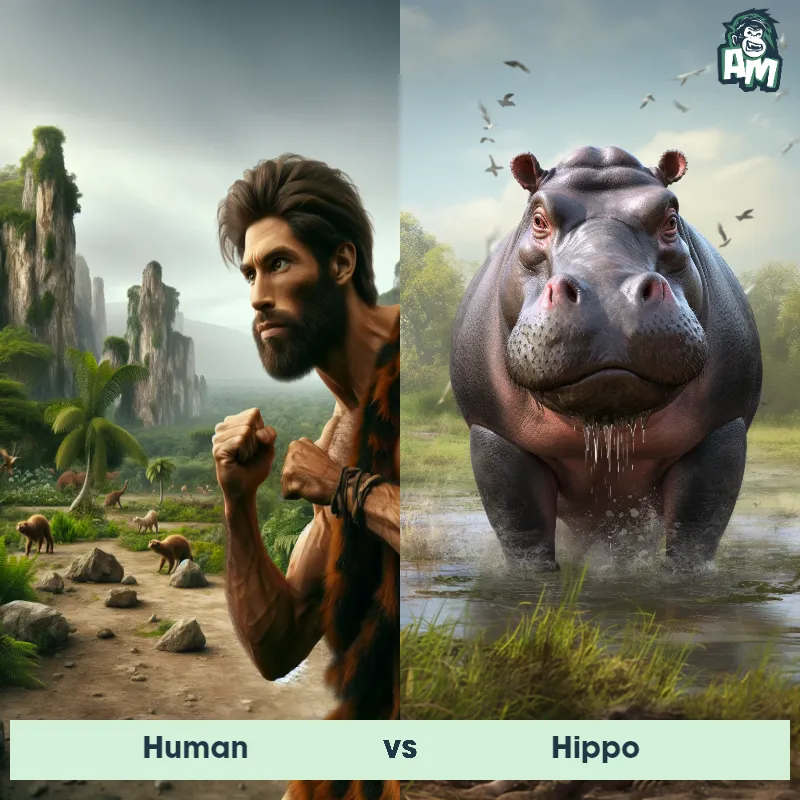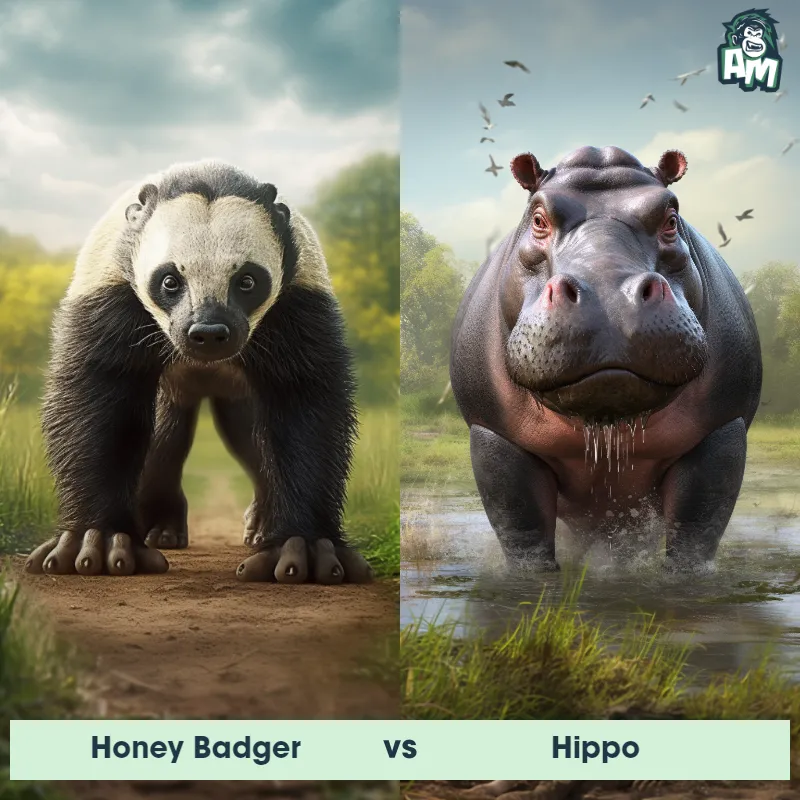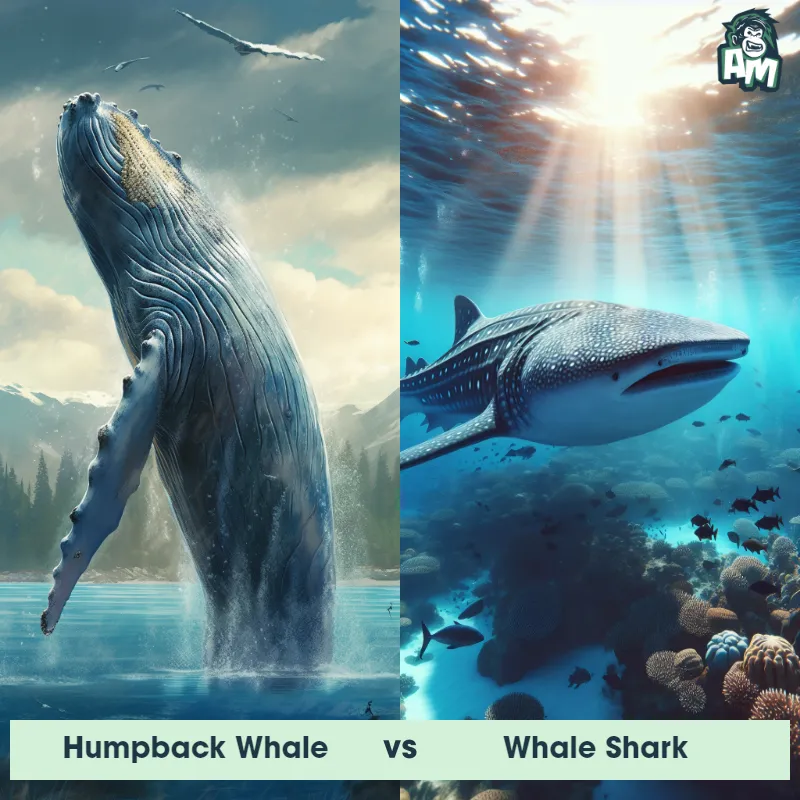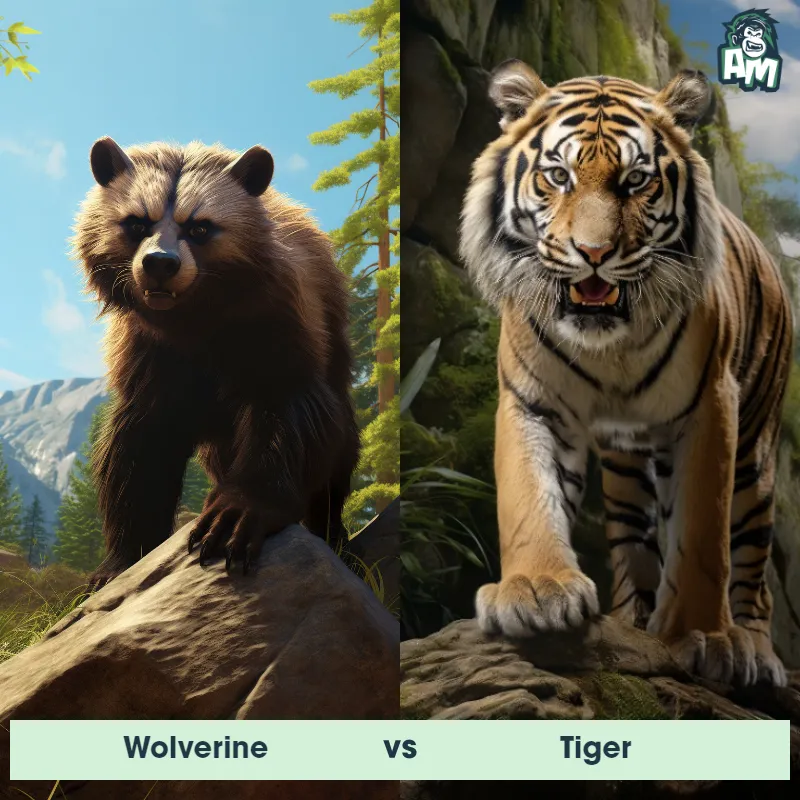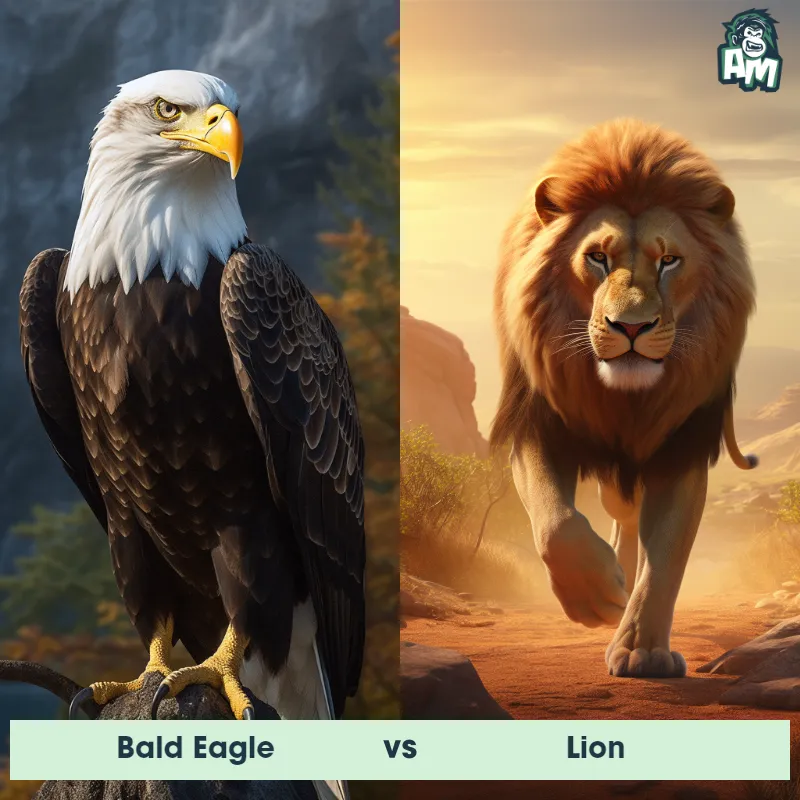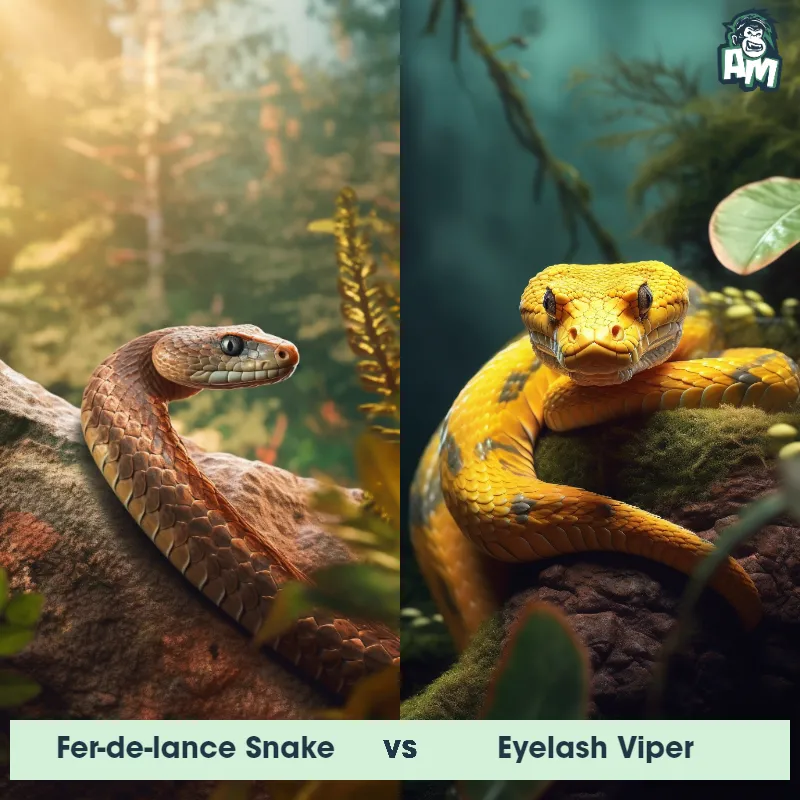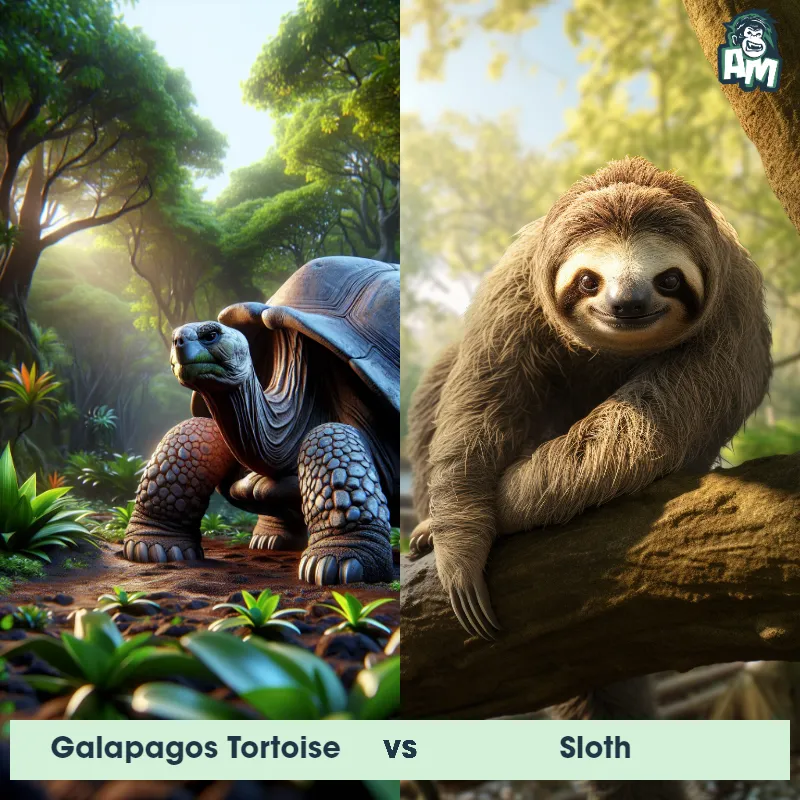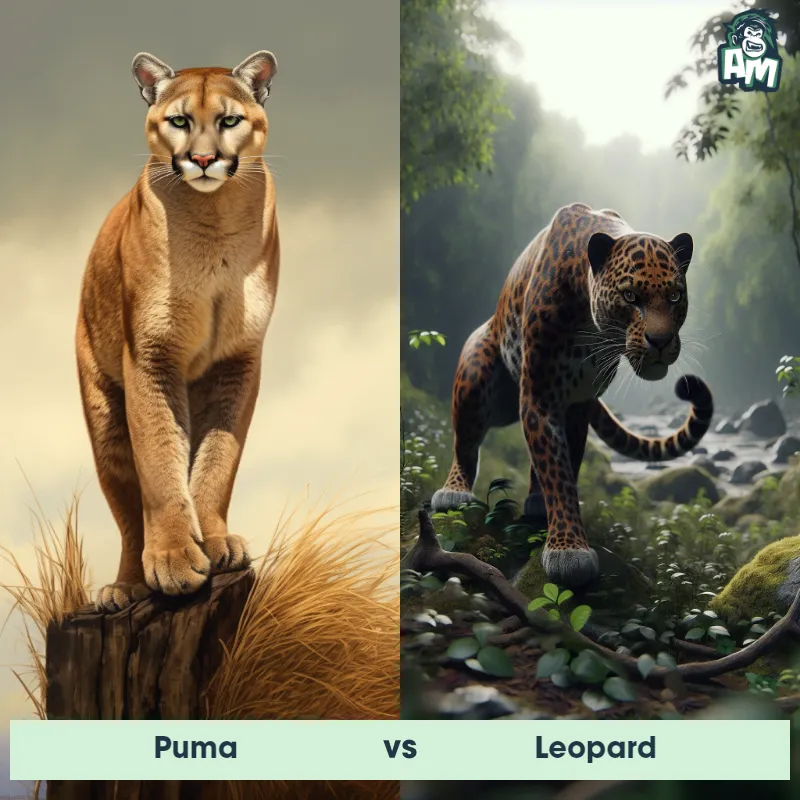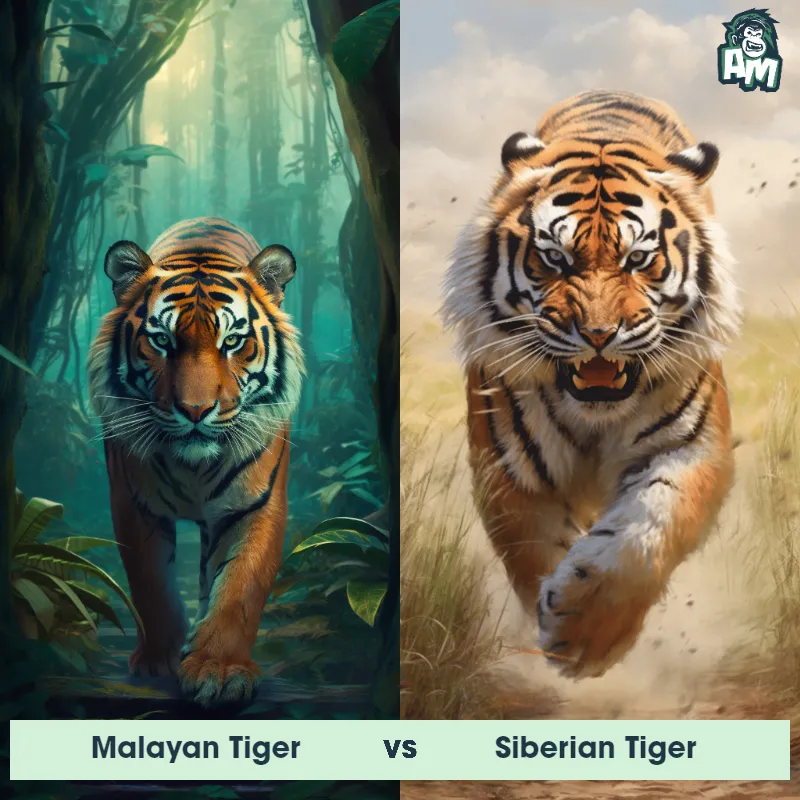Lynx vs RaccoonSee Who Wins

Ladies and gentlemen, welcome to this thrilling matchup between a Lynx and a Raccoon! These wild creatures are about to engage in a fierce battle here today. Both known for their agility and cunning, this promises to be an exhilarating contest. The atmosphere is electric as the crowd eagerly awaits the first round to commence.
Contender 1: Lynx
The Lynx is a medium-sized wild cat with distinctive tufted ears, short tail, and spotted fur. They have powerful legs and sharp claws, which make them excellent hunters. Lynx are solitary animals and are found in forests and mountainous regions across Europe, Asia, and North America.
Fun Fact: Lynx have excellent hearing and can detect prey up to 75 feet away, even under a thick layer of snow.
Contender 2: Raccoon
The Raccoon is a medium-sized mammal native to North America, best known for its distinctive black "mask" over the eyes and bushy, ringed tail. These nocturnal creatures have a stocky build and grayish-brown fur. Raccoons are about 2 to 3 feet long and weigh between 10 to 20 pounds. Known for their dexterity, raccoons have nimble hands that they use for a variety of tasks, including opening trash cans and doors, which leads to their reputation as opportunistic feeders and scavengers.
Fun Fact: Raccoons are noted for their intelligence, with studies showing that they are able to remember the solution to tasks for up to three years.
Matchup Stats
| Lynx | Raccoon | |
|---|---|---|
| Size | 18-24 inches (45-60 cm) at the shoulder | 2 to 3 feet long (60 to 90 centimeters) |
| Weight | 18-24 pounds (8-11 kg) | 10 to 20 pounds (4.5 to 9 kilograms) |
| Speed | Speed: 50 mph (80.47 km/hr) | 15mph (24km/h) |
| Key Strength | Powerful legs and sharp claws | Dexterity and intelligence |
| Biggest Weakness | Short tail | Lack of size and strength compared to larger predators |
Current Votes
Lynx vs Raccoon
See Who Wins
View More Matches
Looking For More?
Similar Matches
Scientific Stats
| Lynx | Raccoon | |
|---|---|---|
| Scientific Name | Lynx | Procyon lotor |
| Family | Felidae | Procyonidae |
| Habitat | Forests and mountainous regions | Forests, mountainous areas, coastal marshes, and urban areas |
| Geography | Europe, Asia, and North America | North America |
| Diet | Small mammals, birds, and fish | Omnivorous, eating berries, insects, eggs, and small animals, as well as trash and pet food in urban areas |
| Lifespan | 10 years - 15 years | 1.5 years - 3 years |
Key Differences between Lynx and Raccoon
- Body shape: Lynxes have a compact and muscular body with long legs adapted for swift movement, while Raccoons have a more stocky build with shorter legs and a significant amount of body fat.
- Tail shape: Lynxes have a short, stubby tail that is no longer than 6 inches in length, whereas Raccoons possess a long, bushy tail with alternating black and gray rings.
- Color pattern: Lynxes have a distinct, dense coat of fur that is generally grayish with a rufous tinge, while Raccoons exhibit a distinctive black and gray "mask" pattern on their face and a striped tail.
- Facial features: Lynxes have a broad, flat face with a well-defined ruff of fur around their face, while Raccoons have a more rounded, narrower face with a pointed snout and noticeable white markings around their eyes.
- Size: The Lynx is noticeably larger than the Raccoon, with adults reaching an average body length of 32-40 inches, while Raccoons are typically around 24-38 inches long.
- Ear tufts: Lynxes possess prominent black ear tufts that are around 1-2 inches in length, whereas Raccoons have shorter, round ears with no tufts.



